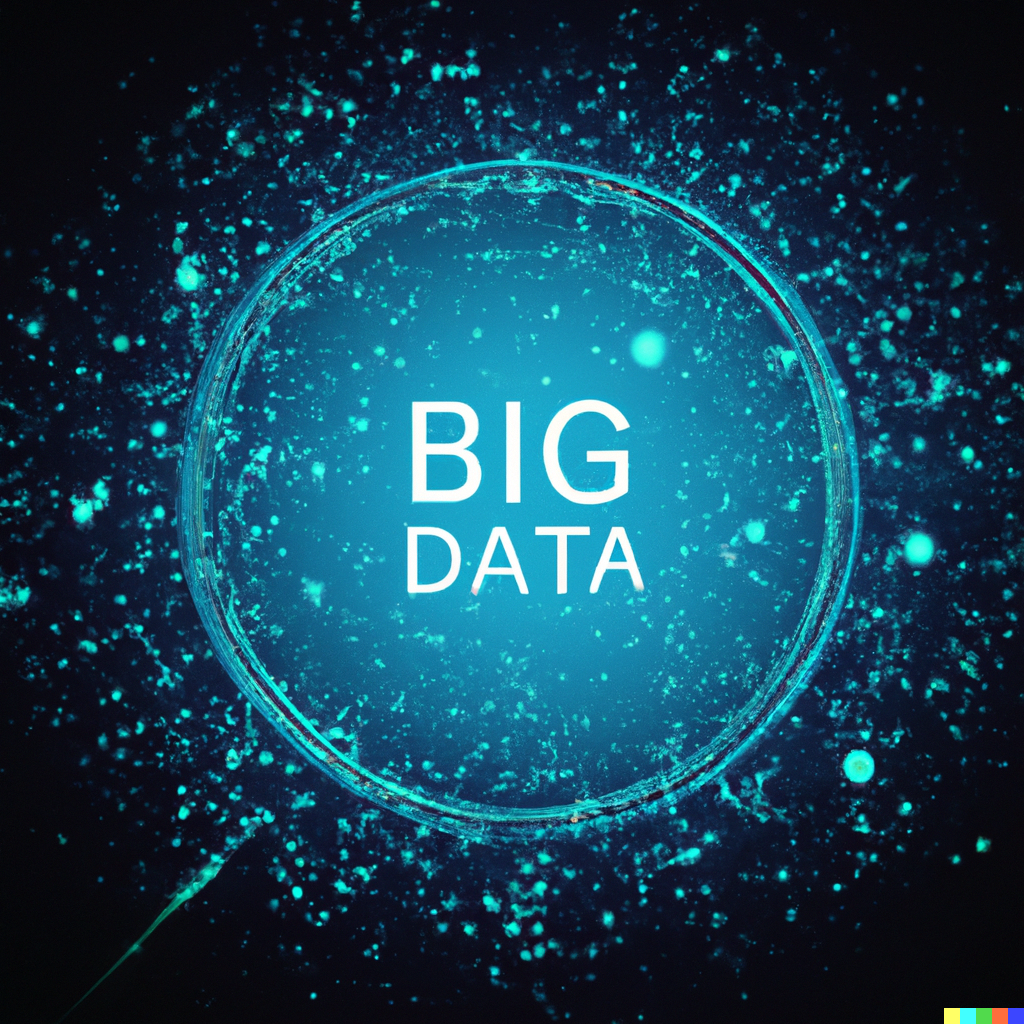Big Data Technology: Unleashing the Power of Data
May 15
|
Big Data Technology
Big Data Technology (BigDataTech) is transforming the way organizations handle and analyze vast amounts of data, characterized by its volume, velocity, and variety. This article delves into the core components of BigDataTech, including data storage, processing, analysis, and integration tools. It highlights the benefits such as enhanced decision-making, improved operational efficiency, customer insights, and innovation. The article also addresses challenges like data privacy, quality, scalability, and the need for skilled professionals. Future trends such as AI integration, edge computing, blockchain security, and quantum computing are explored, emphasizing the importance of embracing BigDataTech for competitive advantage.

In the era of digital transformation, data is often referred to as the new oil. It's a critical resource that powers decision-making, innovation, and competitive advantage in various industries. At the heart of this revolution lies Big Data Technology (BigDataTech), a field dedicated to handling and extracting value from vast amounts of data. This blog article explores the key components, benefits, challenges, and future trends of BigDataTech.
Understanding Big Data Technology
Big Data Technology encompasses a suite of tools, techniques, and frameworks designed to process and analyze large datasets that traditional data processing software cannot handle. These datasets are characterized by the three V's:
- Volume: The sheer amount of data generated every second is staggering. From social media interactions to IoT sensor data, the volume of data is growing exponentially.
- Velocity: Data is generated at unprecedented speeds. For instance, financial markets generate terabytes of trade data every minute.
- Variety: Data comes in multiple forms - structured, semi-structured, and unstructured. Text, images, videos, and sensor data all fall under this category.
Core Components of Big Data Technology
-
Data Storage:
- Hadoop Distributed File System (HDFS): A scalable and fault-tolerant storage system.
- NoSQL Databases: Databases like MongoDB, Cassandra, and HBase are designed for flexible schema design and horizontal scaling.
-
Data Processing:
- MapReduce: A programming model for processing large datasets with a distributed algorithm on a cluster.
- Apache Spark: An open-source unified analytics engine for large-scale data processing, known for its speed and ease of use.
-
Data Analysis:
- Machine Learning Libraries: Tools like Apache Mahout, MLlib, and TensorFlow provide algorithms and frameworks for building predictive models.
- Data Visualization: Tools like Tableau, QlikView, and Power BI enable users to create insightful visual representations of data.
-
Data Integration:
- ETL Tools: Extract, Transform, Load (ETL) tools such as Apache Nifi, Talend, and Informatica facilitate data integration from various sources.
Benefits of Big Data Technology
- Enhanced Decision-Making: Organizations can make informed decisions by analyzing historical and real-time data.
- Improved Operational Efficiency: BigDataTech enables the automation of routine tasks and optimization of processes, reducing costs and increasing efficiency.
- Customer Insights: By analyzing customer data, businesses can understand customer behavior, preferences, and trends, leading to improved customer satisfaction and loyalty.
- Innovation and Development: BigDataTech fosters innovation by uncovering new opportunities, patterns, and insights that were previously hidden in the data.
Challenges in Big Data Technology
- Data Privacy and Security: Ensuring the confidentiality and security of data is paramount, given the increasing number of data breaches and cyber-attacks.
- Data Quality: Inconsistent and inaccurate data can lead to flawed analysis and misguided decisions.
- Scalability: As data grows, maintaining the performance and scalability of BigDataTech infrastructure becomes challenging.
- Skilled Workforce: There is a high demand for skilled professionals who can effectively manage and analyze big data.
Future Trends in Big Data Technology
- Artificial Intelligence and Machine Learning Integration: The integration of AI and ML with BigDataTech will enhance predictive analytics, automation, and personalized user experiences.
- Edge Computing: Processing data closer to its source will reduce latency and bandwidth usage, making real-time analytics more efficient.
- Blockchain for Data Security: Blockchain technology will play a crucial role in ensuring data integrity and security.
- Quantum Computing: As quantum computing evolves, it will revolutionize data processing capabilities, allowing for the analysis of massive datasets at unprecedented speeds.
Conclusion
Big Data Technology is a transformative force that is reshaping industries and societies by unlocking the hidden potential within vast amounts of data. While there are challenges to overcome, the benefits far outweigh the drawbacks. As technology advances, BigDataTech will continue to evolve, driving innovation, efficiency, and growth. Embracing this technology is not just an option; it is imperative for any organization aiming to thrive in the data-driven world.
By staying informed about the latest trends and continuously adapting to new tools and methodologies, businesses can harness the full power of Big Data Technology and secure a competitive edge in their respective fields.
